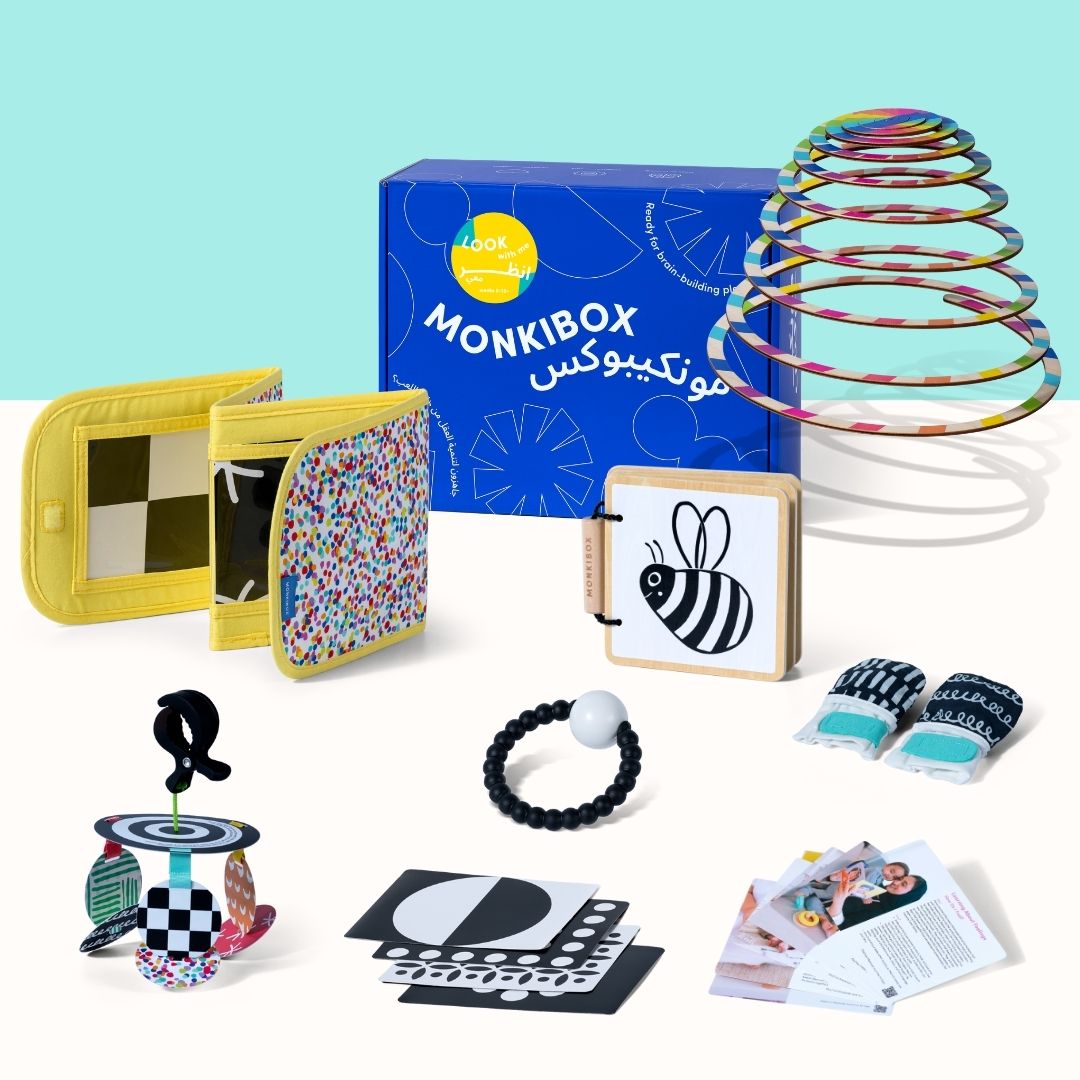Toddlers are famous for saying “no” as they explore their independence. While it can be frustrating for parents, it’s essential to understand that this behavior is a natural part of their development. By learning how to navigate this phase, you can help your toddler express themselves while maintaining a positive and supportive environment.
1. Offer Choices
Instead of asking yes-or-no questions, provide options. For example, instead of saying, “Do you want to get dressed?” try, “Would you like to wear the red shirt or the blue shirt?” This gives your toddler a sense of control and reduces the likelihood of an automatic “no.”
2. Use Positive Language
Frame your requests in a positive way. Instead of saying, “Don’t run,” try, “Let’s walk inside.” This approach focuses on what you want your child to do, rather than what they shouldn’t do, which can be more effective in guiding their behavior.
3. Set Clear Expectations
Establishing clear and consistent rules helps your toddler understand what is expected of them. When they know the boundaries, they are less likely to say “no” just to test limits. Consistency is key, so try to maintain the same rules across different situations.
4. Acknowledge Feelings
Recognize and validate your toddler’s feelings when they say “no.” For example, “I see you don’t want to put your shoes on right now. It’s okay to feel that way.” This shows them that their feelings are understood and respected, which can make them more cooperative.
5. Be Patient
Remember that saying “no” is a way for toddlers to assert their independence. It’s a normal part of their development, and with patience, they will learn to express themselves in more positive ways. Try to remain calm and supportive, even when their refusals are frustrating.
Navigating your toddler’s frequent use of “no” can be challenging, but it’s also an opportunity to teach them how to express themselves positively. By offering choices, using positive language, and setting clear expectations, you can help guide your toddler through this phase with patience and understanding. Remember, this is just one step in their journey toward independence, and with your support, they’ll learn to communicate their needs more effectively.





